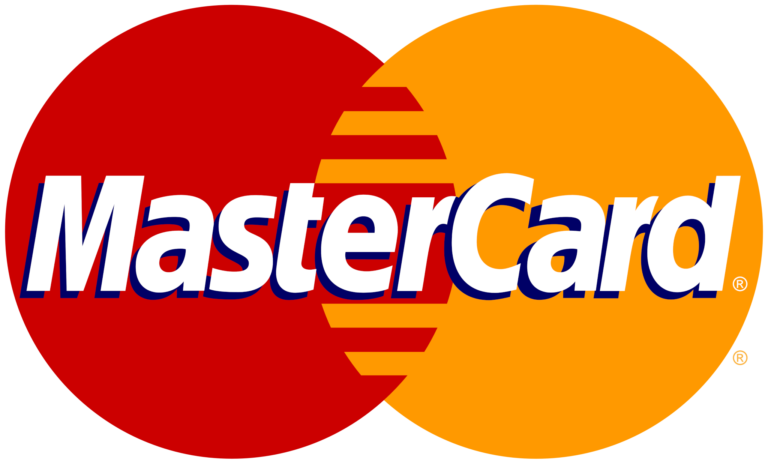8 Steps on How To Write A Comprehensive Project Plan

It’s 5 p.m. on a Friday.
You’ve checked in with your team, making sure your projects are on track, and are ready for the coming week.
The prospects for your weekend appear to be promising.
Your supervisor walks up to your desk and tells you something interesting. The next significant multi-team project with a key client will begin next week, and you’ll be in charge of it. This is fantastic news, but the specter of the weekend now hangs over you. You’ll need to get the project organized as soon as possible, but with so many stakeholders, you’ll need to consider how to build a project management strategy.
The project planning process can be tricky, especially as projects become more complex. According to Forbes, 25% of technology projects fail outright, which is a dismal statistic for project leaders. The good news is you don’t need to be a project management expert — or sacrifice your weekend — to plan a successful project kickoff in a short amount of time. You just need to understand the 8 simple steps of how to write a project plan.
Step 1: Explain the project to key stakeholders, define goals, and get initial buy-in
The first step in any project is to define the “what” and “why”. Key stakeholders have the influence and authority to determine whether a project is successful, and their objectives must be satisfied. Even if the project comes from the CEO himself, you still need their buy-in.
Use this initial conversation to get aligned, define goals, and determine the value of the project. In this part of the project planning process, discuss needs, expectations, and establish a scope baseline, budget, and timeline. This creates a solid base for your project work plan. Consider utilizing a project plan template to get started. Venngage offers over 30 project plan templates to visualize your strategy and ensure your project’s success.
Questions you should consider reviewing with stakeholders:
- How do we write a project plan that aligns with company goals?
- What do stakeholders expect? What will be expected from them?
- How will you measure success?
- What are your resources?
- What assets or deliverables are expected out of this project?
Step 2: List out goals, align OKRs, and outline the project
According to executive leaders, a lack of clear goals accounts for 37% of project failure. Without clear goals, you’ll find that the requirements, tasks, and deadlines you set for your project work plan have nothing anchoring them. But now that you have a list of key stakeholder needs and their buy-in, begin to assign them to goals and OKRs. OKRs are a planning and goal setting technique made famous by Intel and Google. Your project should align with your team and company’s OKRs.
Try writing down the project goals in a project plan board and connect them to the stakeholder requirements they address. From there, build out the structure, milestones, and tasks it takes to reach those goals. For example, the project or product launch itself can be a big milestone, so it’s important to know how you will go about it, perhaps using a product launch plan template to make the process easier. Milestones can define check-in points throughout the project so that everyone is clear about what progress looks like, what the expectations are, and when they’ll be measured.
Step 3: Create a project scope document
Now that you have the project outlined, your tasks aligned with goals, and buy-in from the team, it’s time to create a project scope document detailing the project elements you’ve listed in step 2.
Look at each deliverable and define the series of tasks that must be completed to accomplish each one. For each task, determine the amount of time it’ll take, the resources necessary, and who will be responsible for execution. Finalize and record the project details so that everyone has a single source of truth. Make the document easily shareable, like in your project management tool, in order to reduce the chance of costly miscommunication.
While preparing project scope documentation and calculating earned value should be standard practice, 1 in 4 project managers surveyed in Wellingstone’s State of Project Management Survey said that they “never” or “sometimes” prepare standard scoping documents. Creating one ensures you stand out from the crowd and helps everyone stay on the same page.
Step 4. Craft a detailed project schedule
With your goals, tasks, and milestones already outlined for you, it’s time to start plugging your project into a schedule. A Gantt chart is a handy tool that helps you easily visualize your project timeline. It’s an interactive timeline that gives you a complete view of the project’s progress, work scope, and dependencies.
Dependencies are tasks that need to be completed before other tasks can begin. As you plot out tasks, use subtasks to help you break up larger ones into smaller ones. This can make reporting (you can check out our guide on how to write a project management report!) and resource management easier. Let’s define each:
- Tasks: The individual tasks that people need to carry out to achieve your goals.
- Subtasks: No longer than a few days each, these help you take a task and break it down into the smaller steps that will complete the larger task.
- Milestones: Major phases or events in your project that help break up the project. Use milestones as check-in points throughout the project.
Pro tip: Want in on a little secret? As you set them up, add cushions to key tasks, so you have wiggle room for fire drills or unexpected bottlenecks — for example if a client needs extra time to review or a team member calls in sick. In a perfect world, some tasks might take a day. So maybe you make it two in your plan. No need to give every task a cushion though. Weigh the risks and add it where it makes the most sense. Future you will thank you.
Step 5: Define the roles, responsibilities, and resources
Resources are the people, equipment, or money needed to complete a project. Once you’ve selected your tools and gotten a budget, don’t forget about your people. Even folks who already know how to write a project work plan and have done so a hundred times can underestimate their labor needs.
A RACI chart helps you determine specifically who will do what for your project. It’s a matrix of all a project’s tasks, paired with who’s responsible (assigned to complete the work), accountable (has yes/no/veto power), consulted (needs to approve or contribute), and informed (needs to know about the action or decision). Find everything you need to know about RACI charts here.
As you begin to assign tasks, make sure you take into consideration bandwidth. Clarify the responsibilities and expectations of each person. Keep in mind that 95% of workers report working on more than one team or project concurrently and if projects aren’t aligned, workloads become too stressful for teams. Stress causes about 50% of workers to start looking for another job, and 25% to quit their current jobs altogether, according to our recent report on The Stress Epidemic.
As you plan your project, consider how you’ll filter incoming requests that impact the project’s timeline or budget. Knowing how to calculate earned value to monitor the level of work completed on a project against the plan is imperative. For project managers, tools like Wrike Resource can help you visualize the tasks for your project from a team workflow perspective, giving you the visibility and flexibility to balance workloads.
Step 6: Define the communication and check-in process
According to McKinsey, employees spend nearly 20% of the work week searching for and gathering information. Adding to that, inefficient communication and collaboration are two of the top causes of stress in the workplace. When stakeholders have to dig through pages of emails or constantly ask for updates, they get frustrated and motivation dips.
Mitigate frustration by housing all project pieces — like assets, conversations, tasks, due dates, updates, reporting — in a single location, like a collaboration tool. This makes it easy to manage clients, track progress, share updates, and make edits. Define how everyone should communicate throughout the project and keep it in one tool so everyone can access information.
Step 7: Plan for it not going as planned
Even if you’re an expert and already know how to write a project plan, the truth is that all projects have twists and turns — that’s what makes them fun. You’ve given yourself some breathing room during the scheduling process, you’ve made sure everyone knows their role, and you’ve set up communication.
But before you launch, sit down and identify potential issues like upcoming vacations for team members, holidays, or external teams that might be involved. Set up a clear chain of command and list key contacts within the project. Communicate upfront about risks so the whole team can be prepared to tackle them together.
Step 8: Throw a launch party!
Every successful project needs a kick-off. Set a quick meeting with key stakeholders and have a clear agenda. Your goal should be to get everyone on the same page with goals, roles, process, and timeline. Your agenda should include everything you’ve focused on in the steps above:
- Define the project goals and value they bring.
- List out the assets the project is expected to deliver.
- Draw the connection between stakeholder requirements and the project tasks.
- Show the timeline (Gantt chart) of the project so everyone can see dependencies and know the expected dates.
- Describe the roles and responsibilities of each stakeholder.
- Review how and where everyone will communicate throughout the project, where they can go for information — like your scope document — and who to call for questions.
- Discuss risks and ensure the team is prepared.
- Get that final commitment!
Bonus tip: You don’t have to start from scratch every time! Now that you know how to write a project plan that jives with your team, you can copy your project plan into a template to use again and again. As you grow, you can create multiple templates for specific types of project work plans. Let’s get you started right away, with these free sample project plan templates.
Getting to “The End”
Looks like your weekend is saved! You’re welcome. You’re now empowered with the project planning process and, after this, you’ll have a simple project plan template to help you lead your next project to success — and the next one after that. In fact, all these complex projects will become so easy, maybe you’ll start to feel like you’re on vacation. Right?
Now that you’ve mastered how to write a project plan, here are the top project management tips to help your team work more efficiently.



